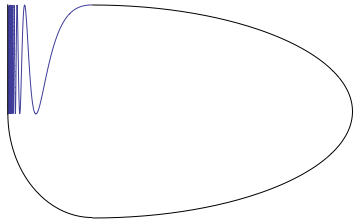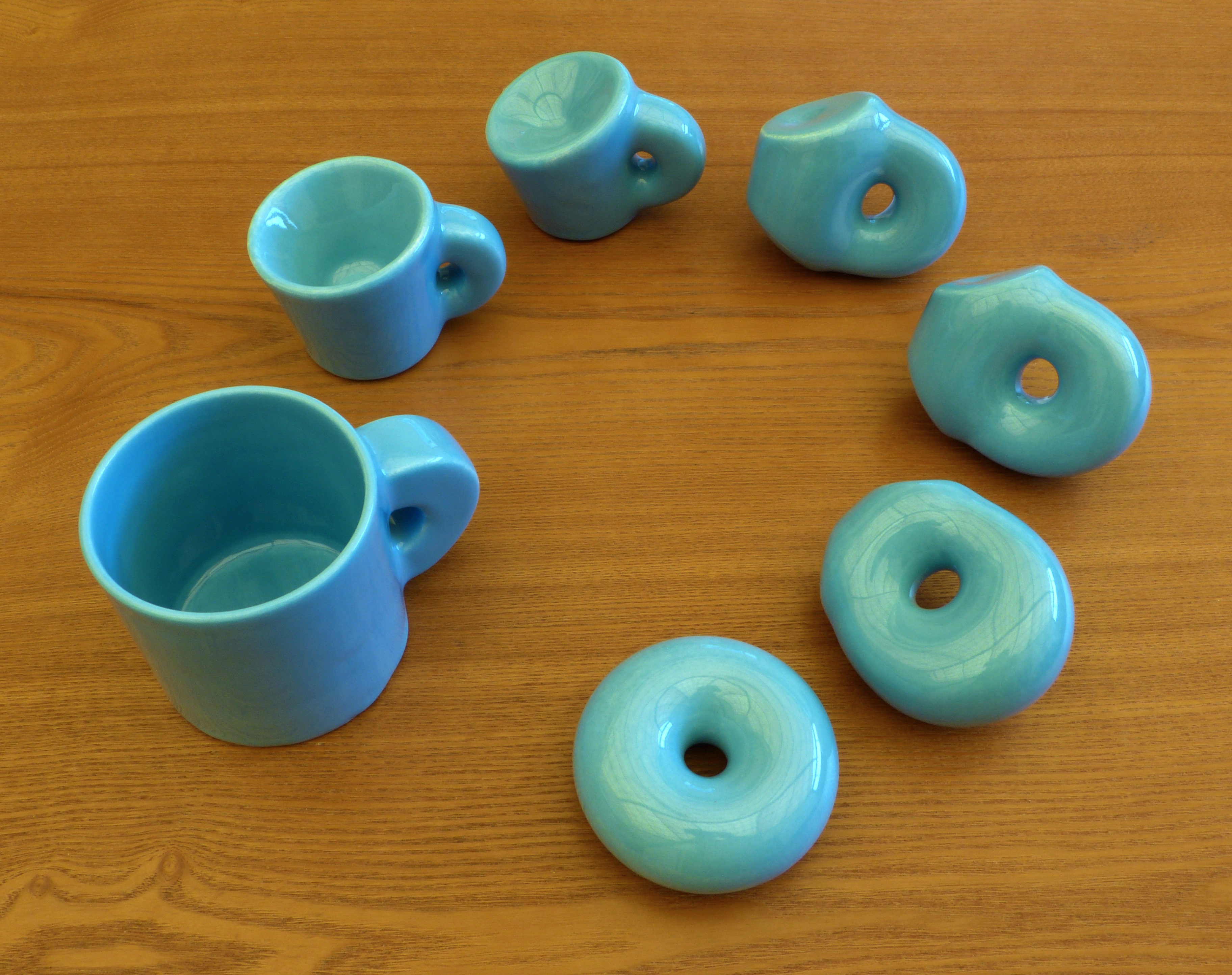|
Krystyna Kuperberg
Krystyna M. Kuperberg (born ''Krystyna M. Trybulec''; 17 July 1944) is a Polish-American mathematician who currently works as a professor of mathematics at Auburn University, where she was formerly an Alumni Professor of Mathematics."Krystyna Kuperberg", Biographies of Women Mathematicians , retrieved 2014-06-24Krystyna M. Kuperberg , Profiles of Women in Mathematics, Association for Women in Mathematics, retrieved 2014-06-24. Early life a ...
|
Tarnów
Tarnów () is a city in southeastern Poland with 105,922 inhabitants and a metropolitan area population of 269,000 inhabitants. The city is situated in the Lesser Poland Voivodeship since 1999. From 1975 to 1998, it was the capital of the Tarnów Voivodeship. It is a major rail junction, located on the strategic east–west connection from Lviv to Kraków, and two additional lines, one of which links the city with the Slovak border. Tarnów is known for its traditional Polish architecture, which was influenced by foreign cultures and foreigners that once lived in the area, most notably Jews, Germans and Austrians. The Old Town, featuring 16th century tenements, houses and defensive walls, has been preserved. Tarnów is also the warmest city of Poland, with the highest long-term mean annual temperature in the whole country. Companies headquartered in the city include Poland's largest chemical industry company Grupa Azoty and defence industry company ZMT. The city is curren ... [...More Info...] [...Related Items...] OR: [Wikipedia] [Google] [Baidu] |
Włodzimierz Kuperberg
Włodzimierz Kuperberg (born January 19, 1941) is a professor of mathematics at Auburn University, with research interests in geometry and topology. Biography Although Kuperberg is Polish-American, he was born in what is now Belarus, where his parents and older siblings had traveled east to escape World War II. In 1946, the family returned to Poland, resettling in Szczecin, where Kuperberg grew up. He began his studies at the University of Warsaw in 1959, and received his Ph.D. from the same institution in 1969, under the supervision of Karol Borsuk. During his time at Warsaw, he published three high school textbooks in Polish. Kuperberg left Poland due to the anti-semitic aspects of the 1967-1968 Polish political crisis, and worked at Stockholm University until 1972, when he assumed a visiting position at the University of Houston. In 1974, Kuperberg took a position at Auburn where he remains. Kuperberg married mathematician Krystyna Kuperberg in 1964, and their son Greg Kuperbe ... [...More Info...] [...Related Items...] OR: [Wikipedia] [Google] [Baidu] |
International Congress Of Mathematicians
The International Congress of Mathematicians (ICM) is the largest conference for the topic of mathematics. It meets once every four years, hosted by the International Mathematical Union (IMU). The Fields Medals, the Nevanlinna Prize (to be renamed as the IMU Abacus Medal), the Gauss Prize, and the Chern Medal are awarded during the congress's opening ceremony. Each congress is memorialized by a printed set of Proceedings recording academic papers based on invited talks intended to be relevant to current topics of general interest. Being invited to talk at the ICM has been called "the equivalent ... of an induction to a hall of fame". History Felix Klein and Georg Cantor are credited with putting forward the idea of an international congress of mathematicians in the 1890s.A. John Coleman"Mathematics without borders": a book review ''CMS Notes'', vol 31, no. 3, April 1999, pp. 3-5 The University of Chicago, which had opened in 1892, organized an International Mathematical Con ... [...More Info...] [...Related Items...] OR: [Wikipedia] [Google] [Baidu] |
Mathematical Association Of America
The Mathematical Association of America (MAA) is a professional society that focuses on mathematics accessible at the undergraduate level. Members include university, college, and high school teachers; graduate and undergraduate students; pure and applied mathematicians; computer scientists; statisticians; and many others in academia, government, business, and industry. The MAA was founded in 1915 and is headquartered at 1529 18th Street NW (Washington, D.C.), 18th Street, Northwest, Washington, D.C., Northwest in the Dupont Circle, Washington, D.C., Dupont Circle neighborhood of Washington, D.C. The organization publishes mathematics journals and books, including the ''American Mathematical Monthly'' (established in 1894 by Benjamin Finkel), the most widely read mathematics journal in the world according to records on JSTOR. Mission and Vision The mission of the MAA is to advance the understanding of mathematics and its impact on our world. We envision a society that values th ... [...More Info...] [...Related Items...] OR: [Wikipedia] [Google] [Baidu] |
Stan Ulam
Stanisław Marcin Ulam (; 13 April 1909 – 13 May 1984) was a Polish-American scientist in the fields of mathematics and nuclear physics. He participated in the Manhattan Project, originated the Teller–Ulam design of thermonuclear weapons, discovered the concept of the cellular automaton, invented the Monte Carlo method of computation, and suggested nuclear pulse propulsion. In pure and applied mathematics, he proved some theorems and proposed several conjectures. Born into a wealthy Polish Jewish family, Ulam studied mathematics at the Lwów Polytechnic Institute, where he earned his PhD in 1933 under the supervision of Kazimierz Kuratowski and Włodzimierz Stożek. In 1935, John von Neumann, whom Ulam had met in Warsaw, invited him to come to the Institute for Advanced Study in Princeton, New Jersey, for a few months. From 1936 to 1939, he spent summers in Poland and academic years at Harvard University in Cambridge, Massachusetts, where he worked to establish impo ... [...More Info...] [...Related Items...] OR: [Wikipedia] [Google] [Baidu] |
Coke Reed
Coke Stevenson Reed is an American mathematician and inventor from Austin, Texas. He is the inventor of the proprietary Data Vortex network. Implementations of this network into Supercomputers use a novel topology and switch logic based on his and Krystyna Kuperberg's solution to a problem posed by Stan Ulam in the Scottish Book. Coke completed his Ph.D. at the University of Texas at Austin under Hubert Stanley Wall. Biography Dr. Coke Stevenson Reed is an American mathematician and the inventor and Founder of Data Vortex Technologies, a privately held US company composed largely of former members of the United States defense community. In his work with the Department of Defense and Department of Energy, Reed developed a thorough understanding of the existing pitfalls of computer networks and performance. His career has included positions at the Institute for Defense Analyses, Los Alamos National Laboratories, the United States Space Program, and the Microelectronics and Compu ... [...More Info...] [...Related Items...] OR: [Wikipedia] [Google] [Baidu] |
Dynamical System
In mathematics, a dynamical system is a system in which a function describes the time dependence of a point in an ambient space. Examples include the mathematical models that describe the swinging of a clock pendulum, the flow of water in a pipe, the random motion of particles in the air, and the number of fish each springtime in a lake. The most general definition unifies several concepts in mathematics such as ordinary differential equations and ergodic theory by allowing different choices of the space and how time is measured. Time can be measured by integers, by real or complex numbers or can be a more general algebraic object, losing the memory of its physical origin, and the space may be a manifold or simply a set, without the need of a smooth space-time structure defined on it. At any given time, a dynamical system has a state representing a point in an appropriate state space. This state is often given by a tuple of real numbers or by a vector in a geome ... [...More Info...] [...Related Items...] OR: [Wikipedia] [Google] [Baidu] |
Continuum (topology)
In the mathematical field of point-set topology, a continuum (plural: "continua") is a nonempty compact connected metric space, or, less frequently, a compact connected Hausdorff space. Continuum theory is the branch of topology devoted to the study of continua. Definitions * A continuum that contains more than one point is called nondegenerate. * A subset ''A'' of a continuum ''X'' such that ''A'' itself is a continuum is called a subcontinuum of ''X''. A space homeomorphic to a subcontinuum of the Euclidean plane R2 is called a planar continuum. * A continuum ''X'' is homogeneous if for every two points ''x'' and ''y'' in ''X'', there exists a homeomorphism ''h'': ''X'' → ''X'' such that ''h''(''x'') = ''y''. * A Peano continuum is a continuum that is locally connected at each point. * An indecomposable continuum is a continuum that cannot be represented as the union of two proper subcontinua. A continuum ''X'' is hereditarily indecomposable if every subcontinuum of ''X'' ... [...More Info...] [...Related Items...] OR: [Wikipedia] [Google] [Baidu] |
Bronisław Knaster
Bronisław Knaster (22 May 1893 – 3 November 1980) was a Polish mathematician; from 1939 a university professor in Lwów and from 1945 in Wrocław. He is known for his work in point-set topology and in particular for his discoveries in 1922 of the hereditarily indecomposable continuum or pseudo-arc and of the Knaster continuum, or buckethandle continuum. Together with his teacher Hugo Steinhaus and his colleague Stefan Banach, he also developed the last diminisher procedure for fair cake cutting. Knaster received his Ph.D. degree from University of Warsaw in 1925, under the supervision of Stefan Mazurkiewicz. See also * Knaster–Tarski theorem *Knaster–Kuratowski fan *Knaster's condition In mathematics, a partially ordered set ''P'' is said to have Knaster's condition upwards (sometimes property (K)) if any uncountable subset ''A'' of ''P'' has an upwards-linked uncountable subset. An analogous definition applies to Knaster's con ... References 1893 births 199 ... [...More Info...] [...Related Items...] OR: [Wikipedia] [Google] [Baidu] |
Sweden
Sweden, ; fi, Ruotsi; fit, Ruotti; se, Ruoŧŧa; smj, Svierik; sje, Sverji; sju, Sverje; sma, Sveerje or ; yi, שוועדן, Shvedn; rmu, Svedikko; rmf, Sveittiko. formally the Kingdom of Sweden, is a Nordic countries, Nordic country located on the Scandinavian Peninsula in Northern Europe. It borders Norway to the west and north, and Finland to the east. At , Sweden is the largest Nordic country and the List of European countries by area, fifth-largest country in Europe. The Capital city, capital and largest city is Stockholm. Sweden has a population of 10.5 million, and a low population density of ; around 87% of Swedes reside in urban areas in the central and southern half of the country. Sweden’s urban areas together cover 1.5% of its land area. Because the country is so long, ranging from 55th parallel north, 55°N to 69th parallel north, 69°N, the climate of Sweden is diverse. Sweden has been inhabited since Prehistoric Sweden, prehistoric times, . T ... [...More Info...] [...Related Items...] OR: [Wikipedia] [Google] [Baidu] |
Topology
In mathematics, topology (from the Greek words , and ) is concerned with the properties of a geometric object that are preserved under continuous deformations, such as stretching, twisting, crumpling, and bending; that is, without closing holes, opening holes, tearing, gluing, or passing through itself. A topological space is a set endowed with a structure, called a ''topology'', which allows defining continuous deformation of subspaces, and, more generally, all kinds of continuity. Euclidean spaces, and, more generally, metric spaces are examples of a topological space, as any distance or metric defines a topology. The deformations that are considered in topology are homeomorphisms and homotopies. A property that is invariant under such deformations is a topological property. Basic examples of topological properties are: the dimension, which allows distinguishing between a line and a surface; compactness, which allows distinguishing between a line and a circle; connectedne ... [...More Info...] [...Related Items...] OR: [Wikipedia] [Google] [Baidu] |



